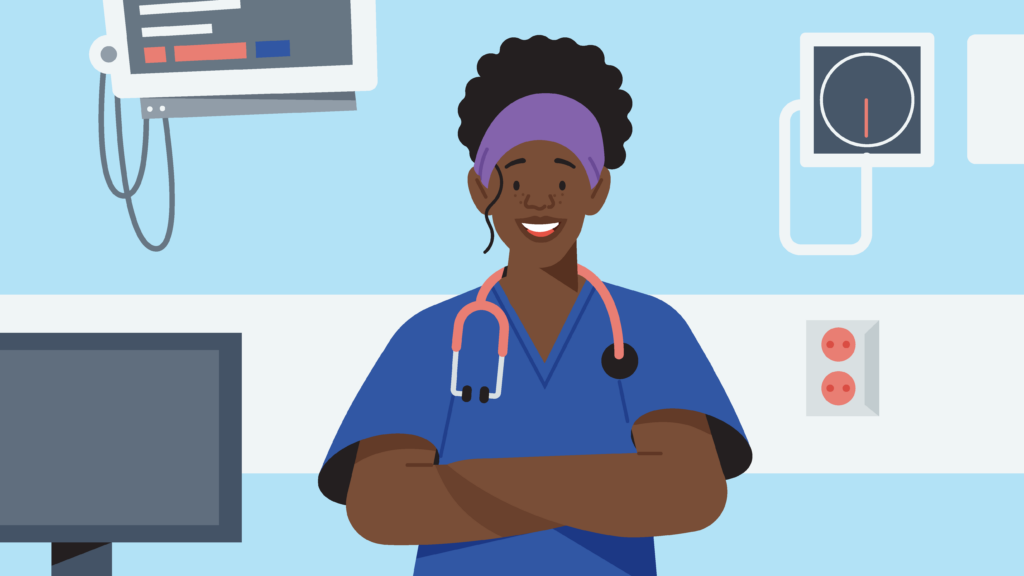This page is no longer being updated from 31st March 2025.
Please visit Evelina London’s website here to view information and how to get involved.
Options to read this summary public consultation document
You can either read the summary consultation document below, or:
We want your views
We want your views on proposals for the future location of very specialist cancer treatment services for children who live in south London and much of south east England.
The consultation is led by NHS England London and South East regions. The consultation runs from 26 September to 18 December 2023.
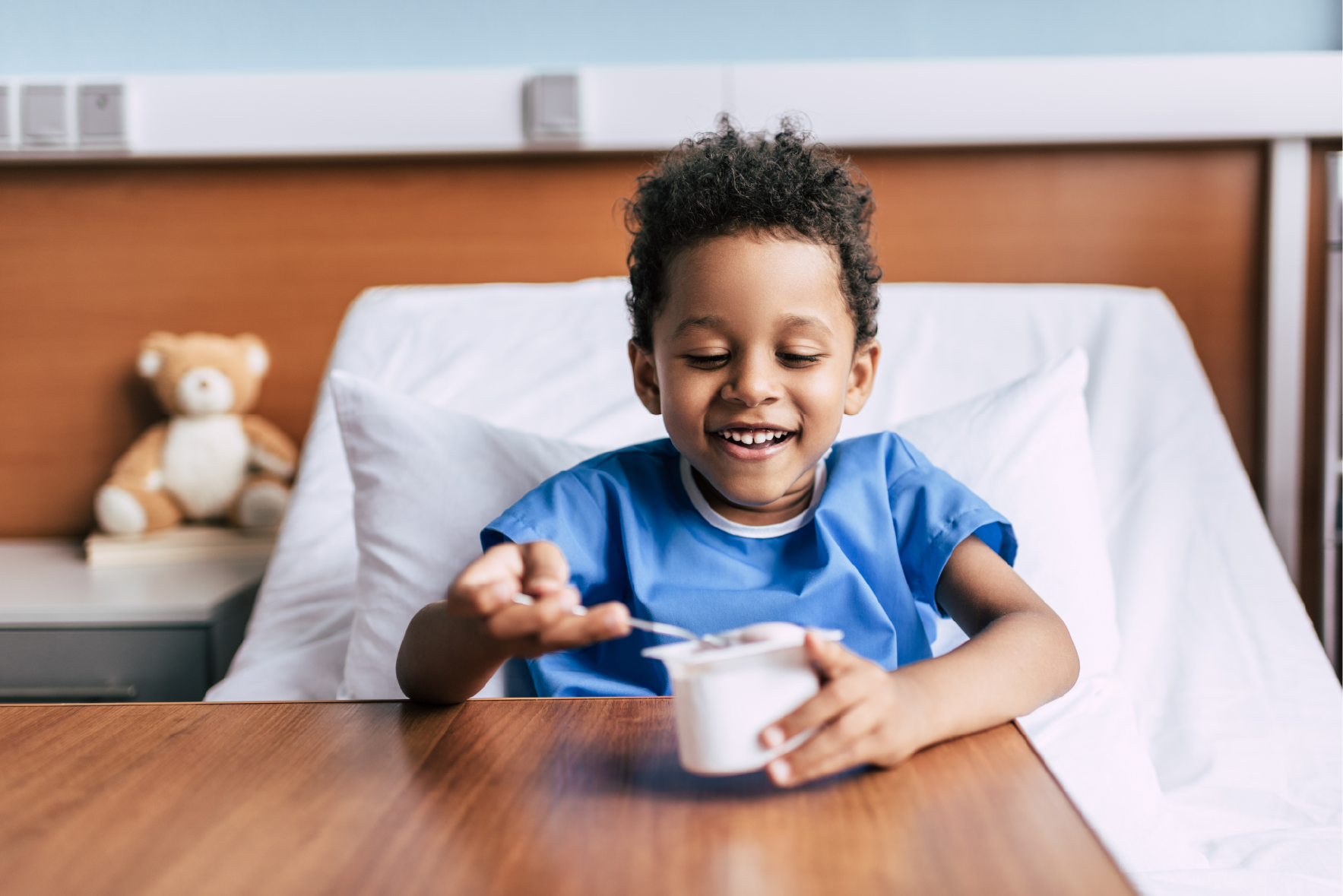
Foreword
When a child is ill with cancer it’s hugely stressful for them, their parents and families. We are the leaders of NHS England London and NHS England South East, and we want children with cancer to get the best care in the best way. We plan and fund specialist services for children with cancer in south London and much of the south east.
For children with cancer to get the very best care, very specialist children’s cancer treatment services currently provided by The Royal Marsden NHS Foundation Trust need to move to be on the same site as a children’s intensive care unit which can give life support to the most seriously ill children.
This consultation will help to answer the question “Where should the proposed future children’s cancer centre be?” We are consulting on two options – that the future centre is either
- at Evelina London Children’s Hospital, Lambeth, south London, with conventional radiotherapy services at University College Hospital, or
- at St George’s Hospital, Tooting, south London, with conventional radiotherapy services at University College Hospital.
The future children’s cancer centre would not be at The Royal Marsden. This is because as a specialist cancer hospital it does not and cannot have a children’s intensive care unit on site.
Children’s intensive care teams need to see lots of very sick children every year to keep up their special skills. Children’s intensive care units are always on sites used by tens of thousands of children every year with lots of different health conditions. The Royal Marsden gives very specialist cancer treatment to about 1,400 children a year.
Our vision for the future centre is that it will:
- build on all the strengths of the existing service – high quality care by expert staff, good access to clinical trials, a family-friendly centre for children and young people, and ground-breaking research working very closely with the Institute of Cancer Research. These things are very important to children, families and staff.
- give best quality care and achieve world-class outcomes for children with cancer for decades to come.
We want to gather views, feedback and evidence to help with decision-making.
Please tell us what you think.
Caroline Clarke
Regional Director, NHS England – London
Dr Chris Streather
Medical Director, NHS England – London
Jane Clegg
Chief Nurse, NHS England – London
Anne Eden
Regional Director, NHS England – South East
Dr Vaughan Lewis
Medical Director, NHS England – South East
Andrea Lewis
Chief Nurse, NHS England – South East
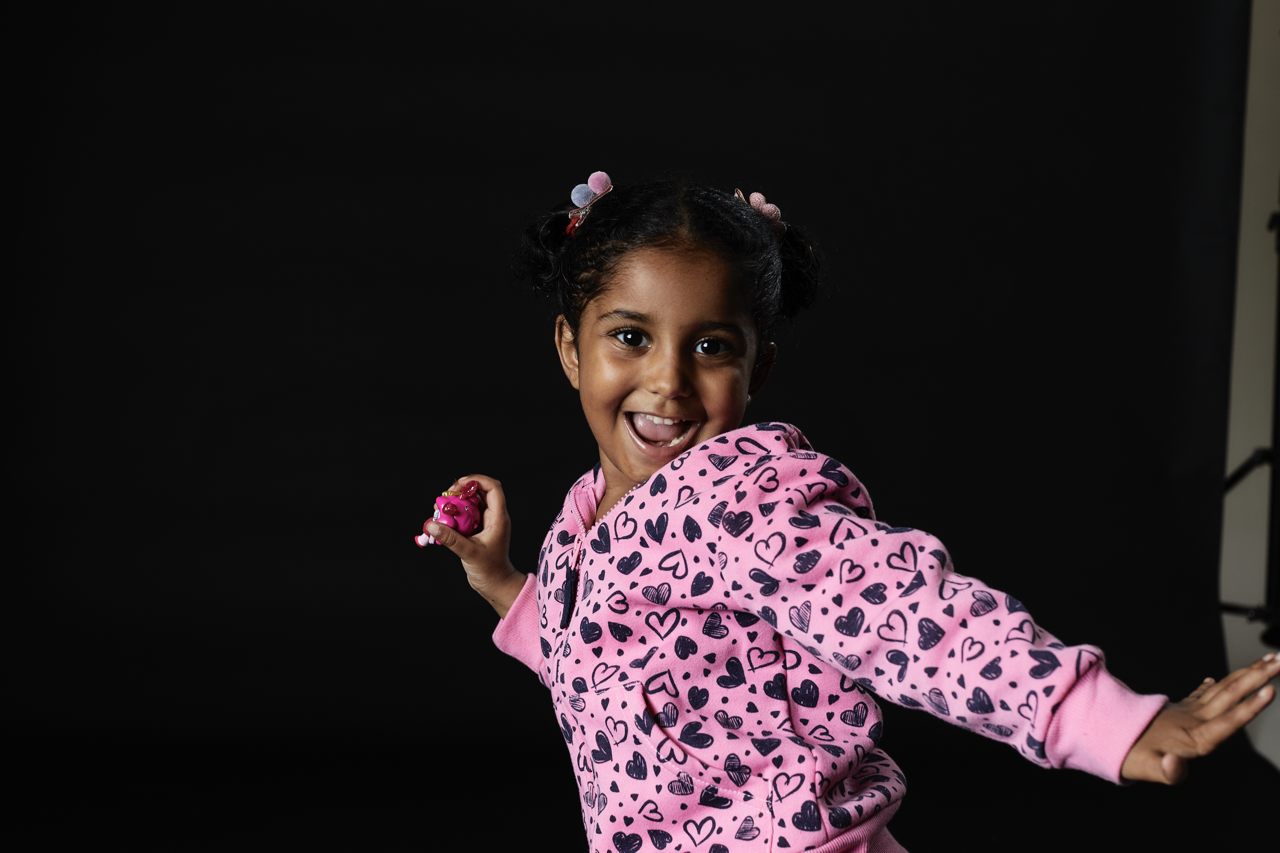
What is this consultation about?
Children’s cancer centres (known as Principal Treatment Centres) are responsible for making sure every child with cancer gets the expert care they need. They are mainly for children aged 15 and under with cancer. They can carry on caring for older children on a case by case basis.
This consultation is about the centre for children with cancer living in Brighton and Hove, East Sussex, Kent, Medway, south London and most of Surrey. We describe this as “south London and much of the south east.”
These two hospitals provide the current centre:
- The Royal Marsden NHS Foundation Trust at its site in Sutton, and
- St George’s University Hospitals NHS Foundation Trust at St George’s Hospital, Tooting.
Their specialist teams work very hard to make sure children with cancer get safe, high quality, joined-up care. But, for lots of reasons, this arrangement has to change.
Please note we use alphabetical order when talking about different places and hospitals in this summary (except when we talk about the current service).
The Principal Treatment Centre for south London and much of the south east
How the service works now
The Royal Marsden
Main team of cancer specialists who manage children’s care.
Chemotherapy, ‘conventional’ radiotherapy, bone marrow transplants.
Surgeons from St George’s visit to insert some central lines.
Other visiting specialists (like hormone doctors from St George’s and heart specialists from Evelina London) run clinics.*
St George’s Hospital
Children’s intensive care unit.
Most cancer surgery (some central lines, all biopsies and emergencies, along with removal of many kinds of tumours, treatment of side effects).
Other specialist services that children with cancer may need.
* Children also travel for some specialist cancer services because of the specific expertise hospitals have in these areas. More information can be found in the specialist centres table below.
How the service would work in the future under our proposals
On the same site
Main team of cancer specialists who manage children’s care.
Chemotherapy, bone marrow transplants.
Children’s intensive care unit.
Most cancer surgery (all central lines, biopsies, emergencies, along with removal of many kinds of tumours, treatment of side effects).
Other specialist services that children with cancer may need.
Other services in future
As now, children would continue to go to different hospitals for specific kinds of expert care, and to children’s cancer shared care units in Kent, Medway, south London, Surrey and Sussex which provide supportive care and, where agreed, specific kinds of chemotherapy. This list of services is available in the Specialist centres table below.
Children’s neurosurgery for cancers of the brain, nervous system and spine, and for complications of cancer treatment, would continue to be provided by King’s College Hospital and St George’s Hospital.
Proposed change to radiotherapy services
Under both options, conventional radiotherapy services for the future children’s cancer centre would be provided by University College London Hospitals NHS Foundation Trust. Please see more information in the Radiotherapy section below.
Why things have to change
Five main reasons
There are five main reasons why specialist children’s cancer services at The Royal Marsden need to move to be on the same site as a children’s intensive care unit.
1. The current Principal Treatment Centre does not meet national requirements
National clinical requirements for Principal Treatment Centres are set by NHS England. They say very specialist cancer treatment services for children – like those at The Royal Marsden – MUST be on the same site as a level 3 children’s intensive care unit (which can give life support to the most seriously ill children, if needed) and other specialist children’s services.
2. Hospital transfers of very sick children for intensive care add risks and stress
Every year, a small number of very sick children, who need intensive care, are transferred eight miles from The Royal Marsden at Sutton to St George’s children’s intensive care unit at Tooting.
This is done safely. But it adds risks to what is already a very difficult situation. It is also stressful for patients, parents, and the staff involved. If specialist cancer treatment services for children were on the same site as children’s intensive care, these transfers would not be needed.
Patient transfers, including emergency transfers, from shared care units to the specialist cancer centre would continue. These are not avoidable.
3. The intensive care team is not currently able to provide face-to-face advice on the care of children on the ward
Currently the Principal Treatment Centre’s intensive care specialists are at St George’s Hospital while most specialist care for children with cancer is at The Royal Marsden. Some children every year have to be transferred by ambulance from The Royal Marsden to the cancer ward at St George’s Hospital as a precaution, in case they suddenly get worse and need intensive care. It can be disruptive and stressful for them.
Intensive care specialists can’t work closely with specialist cancer teams to help children stay well enough to avoid intensive care if they are not on the same site.
4. There is a need to improve children and families’ experience when patients require intensive care and other specialist children’s services
Some specialist children’s services needed by children with cancer are not on site at The Royal Marsden, because it is a specialist cancer hospital. Staff at The Royal Marsden arrange for children to attend or be safely transferred to other hospitals as needed.
Parents and staff say having to get to know new members of staff at different locations, especially at a time of crisis, can also increase families’ anxiety and distress.
5. Although it offers a wide range of innovative treatments, the current Principal Treatment Centre is excluded from giving a specific type of new treatment, and others expected in the future
Innovative cancer treatments are bringing new hope for children and families. Some have a greater risk of complications and, as a result, they can only be given at children’s cancer centres on the same site as a children’s intensive care unit.
Our Principal Treatment Centre is currently excluded from giving these life-saving treatments. Our proposals would change that.
Between 1 April 2019 and 31 March 2020
- 456 children with cancer were treated as inpatients at The Royal Marsden
- 35 children were taken by ambulance from The Royal Marsden to St George’s Hospital because they needed or might need intensive care
- 15 children were treated in the intensive care unit
- 23* children were treated on the ward
- 50 ambulance journeys took these children between the two hospitals
*During the year, a few children were transferred more than once from The Royal Marsden to St George’s because they needed or might need intensive care. Some of them had different types of care on different occasions. This is why the numbers of children having different types of care are more than the total number of children who were transferred.
After these changes
- 0 children would be taken from the specialist centre to another hospital for intensive care unit elsewhere
We used data from 2019/20 for an in-depth look at the service. (A check in 2021/22 showed numbers were still very similar.)
Benefits of the proposed changes
These stories show our proposals would improve care for patients. They are examples, not stories about actual patients.
How care works for children with leukaemia – an example: Eva, an 11 year old girl who lives with her family in Hastings
Now
- Eva feels ill, she goes to her GP.
- She is seen at her nearest local hospital.
- Eva is transferred to the cancer unit in The Royal Marsden or St George’s Hospital. She is diagnosed with acute myeloid leukaemia.
- She has a central line inserted (for medication) either at The Royal Marsden or at St George’s Hospital.
- Eva is ill with an infection during her first cycle of chemotherapy at The Royal Marsden. She is struggling to breathe and is taken in a special children’s ambulance to St George’s Hospital for intensive care.
- Eva recovers from her infection. She is sent back to The Royal Marsden to continue her recovery before going home.
- Eva returns to The Royal Marsden for a further three cycles of chemotherapy. After each of them, she goes home. If she needs a bone marrow transplant, she has it at The Royal Marsden.
Future
- Eva feels ill and goes to her GP.
- She is seen at her nearest local hospital.
- She is sent to the future Principal Treatment Centre. There she is diagnosed, has a central line fitted and starts chemotherapy. If she gets an infection, an intensive care specialist can visit the ward to advise on her care. If she needs the intensive care unit, it will be very close by on the same site. She will go on to have a further three cycles of chemotherapy. After each of them, she will go home.
- If Eva needs a bone marrow transplant, she will have it too at the future Principal Treatment Centre.
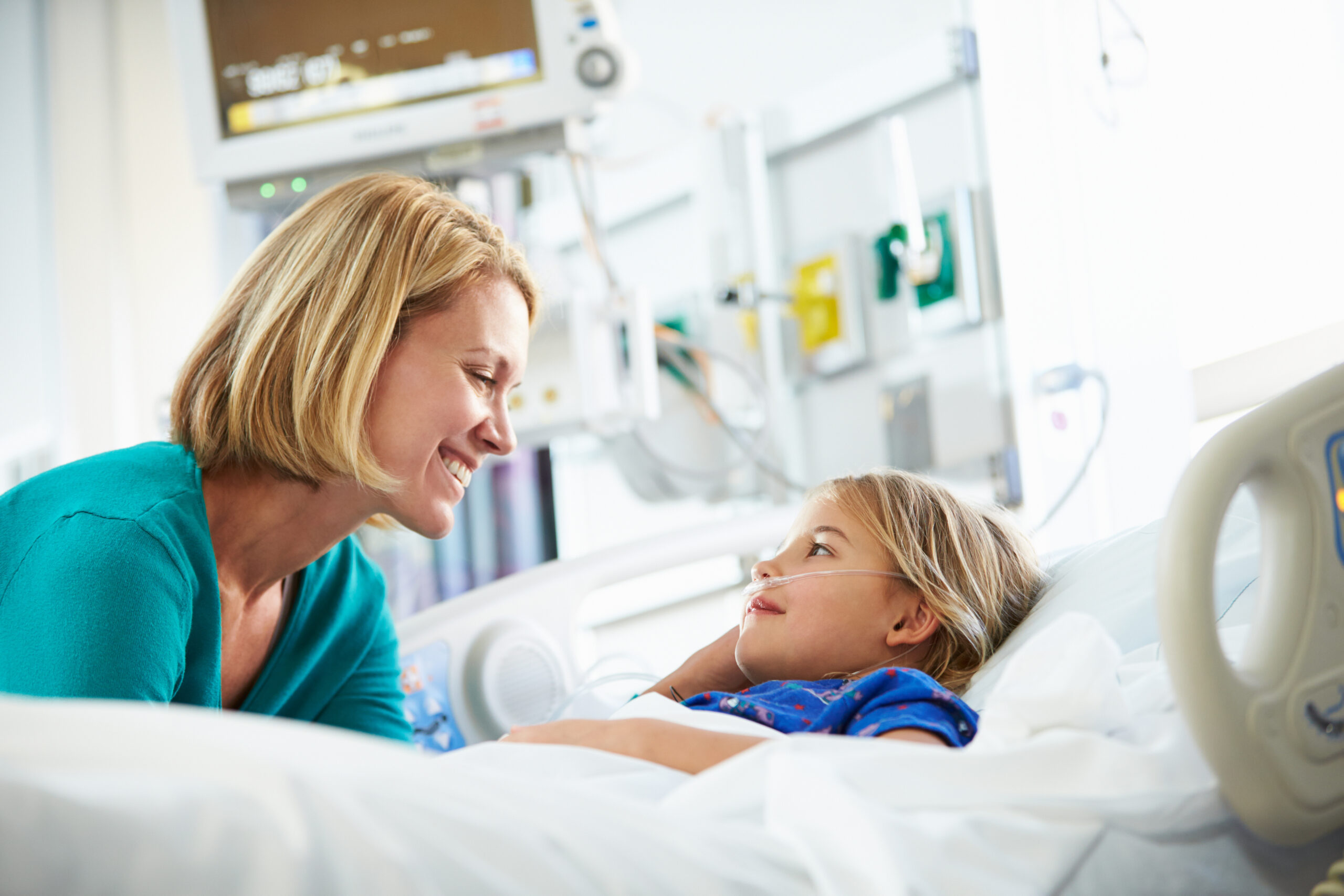
How care works for children with tumours – an example: Ravi is an eight year old boy from Ramsgate who has a tumour in one of his kidneys
Now
- Ravi feels ill and is taken to A&E.
- He is seen at his nearest local hospital.
- Ravi is seen at The Royal Marsden and diagnosed with kidney cancer.
- He has surgery to fit a portacath (a device to draw blood and give treatments) at either St George’s or The Royal Marsden.
- He has chemotherapy at The Royal Marsden.
- Ravi has a scan to check his kidney cancer following the chemotherapy.
- He has surgery at St George’s to remove his kidney cancer.
- He has tests at The Royal Marsden to check how well his heart and liver work.
- He has further tests at St George’s or a local clinic to check how well his hearing works.
- Ravi returns to St George’s for surgery to give him the chance to become a father one day.
- He has chemotherapy at The Royal Marsden, 3 days a week for 3 weeks.
- If he needs radiotherapy, he will go to The Royal Marsden 5 times a week for 3-6 weeks.
Future
- Ravi feels ill and is taken to A&E.
- He is seen at his nearest local hospital.
- Ravi is referred to the future Principal Treatment Centre. He will receive all his surgery and chemotherapy, and most of his pre-chemotherapy checks here.
- If he needs radiotherapy, he will go to University College Hospital 5 times for 3-6 weeks.
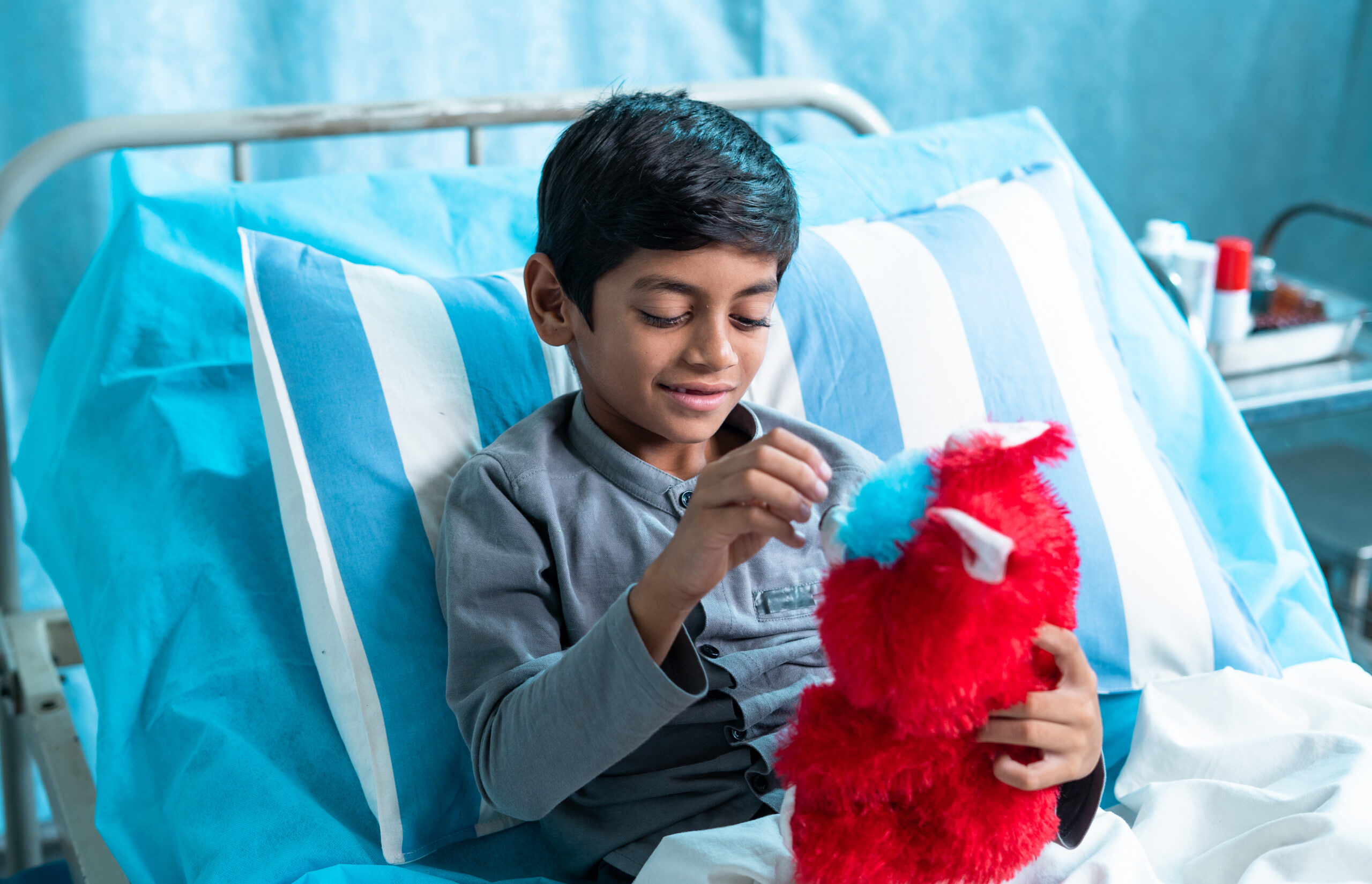
The examples show how much simpler care for children with cancer would be at the future Principal Treatment Centre. It would mean:
- no more hospital transfers from the specialist cancer treatment centre for very sick children who need or might need intensive care
- face to face input into the care of children on the cancer ward by intensive care specialists, helping children to avoid an admission to the intensive care unit
- less stress and better experience for many children and families
- the future centre would meet the national requirements and be capable of offering cutting-edge treatments that need intensive care on site
- different teams treating the same child could more easily work together, improving care for children and supporting new kinds of research too
- cancer and non-cancer specialists could more easily learn from each other and share learning. As well as being good for children’s care, this would be likely to help the future centre keep and attract new staff.
What children, families and staff say
About 1,400 children a year (most aged one to 15) are under the care of the current Principal Treatment Centre at any given time. More than 60% of the centre’s patients are from outside London. About 190 children aged one to 15 living in south London and much of the south east are diagnosed with cancer every year.
We have spoken to hundreds of people about the change we are working on, and had more than 730 responses. This includes from patients, families, staff, researchers, children’s charities, cancer specialists, other health professionals, independent experts, MPs and councillors.
Children with cancer and their parents and carers want specialist cancer services to provide:
- access to the best treatments and to specialists who know a lot about their specific cancers
- child-friendly communications, care and environment with good facilities for children of different ages and for parents
- access to clinical trials and the latest interventions
- care by staff they know
- quick, simple, stress-free travel to hospitals
- access to other services including mental health support.
Staff who are part of the current Principal Treatment Centre say they want the future centre:
- to keep giving patients excellent care
- to keep doing really strong research
- to provide staff benefits (such as childcare and opportunities for staff learning and development) at least as good as the ones they currently get.
They are concerned about:
- staff leaving the service
- travel times and costs of getting to the future Principal Treatment Centre
- the impact on wider services (such as radiotherapy and Teenage and Young Adult services).
Staff who are part of research teams including at the Institute of Cancer Research say they want the future centre
- to keep giving patients excellent care
- to keep doing really strong research.
They flag the need for:
- new ways of working, across different sites and with new partners, to keep research as strong as now
- avoiding disruption to clinical trials before and after the move.
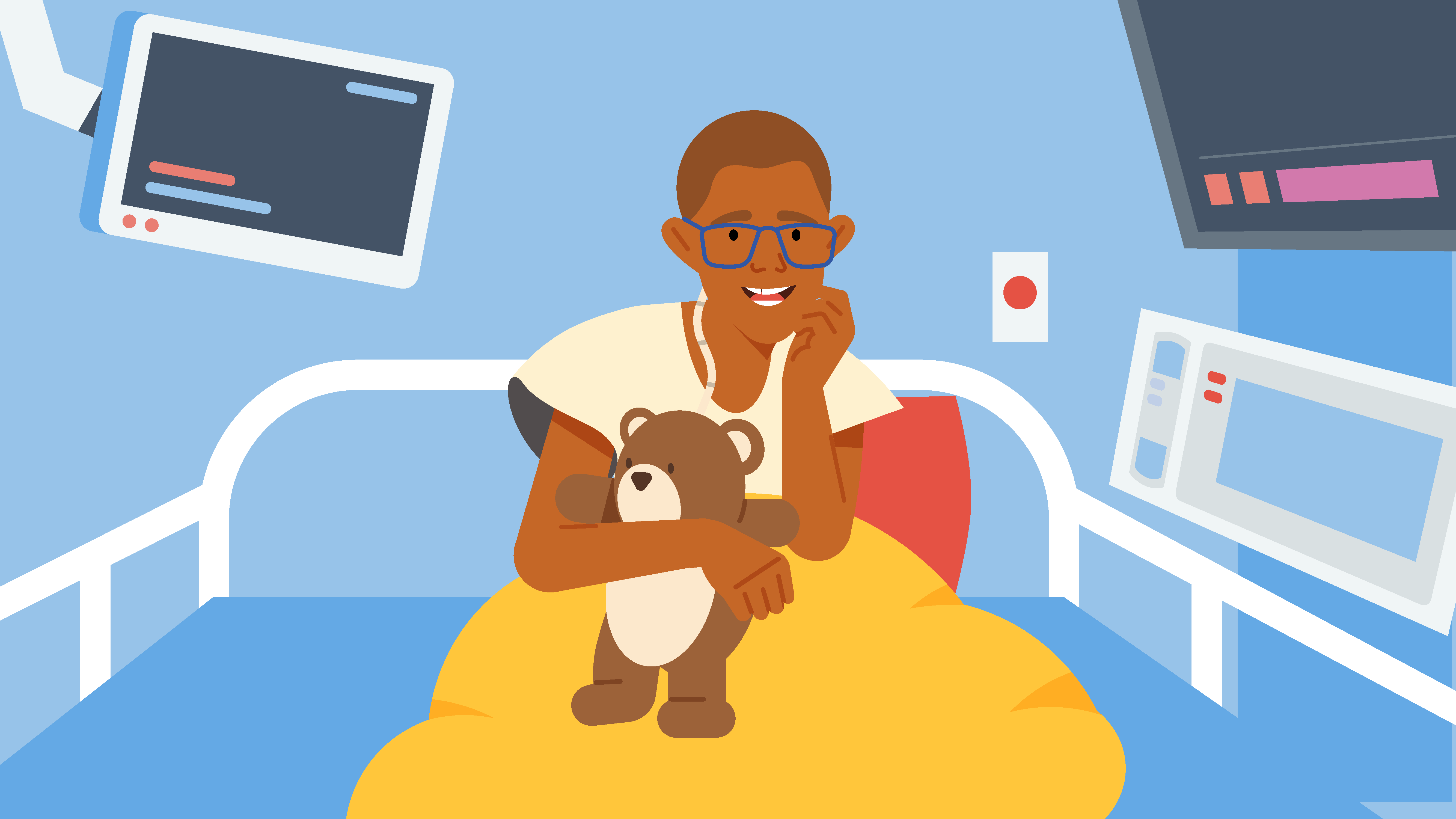
Things we would need to focus on
We are taking all these concerns very seriously. In planning this consultation we have already taken a lot of actions to address the feedback we have had. You can read more about this in our pre-consultation feedback report.
The consultation is an opportunity for people to highlight areas in our proposals that they are anxious or worried about. We will use this information to help develop our plans to make sure we address people’s concerns and give families, children, staff and researchers the support they need.
The future Principal Treatment Centre would not be ready until at least 2026. The move would be carefully planned with the full involvement of current teams.
Whether the future Principal Treatment Centre was at Evelina London or St George’s, there would be some challenges that would need to be well managed. All organisations involved are committed to working closely together.
Some of the things that we will focus on managing are:
- keeping the current high level of research and funding for research going at the future centre
- supporting as many as possible of the experienced and expert staff who provide the service to move to the future centre, and to feel part of their new organisation. Where staff did not transfer, plans to fill gaps would be needed
- ensuring the move to teenage and young adult services (usually around the time of a child’s 16th birthday) at The Royal Marsden continued to go smoothly.
Travel is also something parents and staff have raised concerns about. More information is available on this in the travel section below.
However important it is to move a service, it may be disruptive and upsetting for the people involved. Everyone cares very deeply about children’s cancer care.
Being aware of these things means that we can work together to manage them. We have also considered the potential impact of moving children’s cancer services on other NHS services and any risks to patient care. We have discussed these issues with the Trusts and have identified things we could do if they look likely to become an issue. For more information, please see our full consultation document.
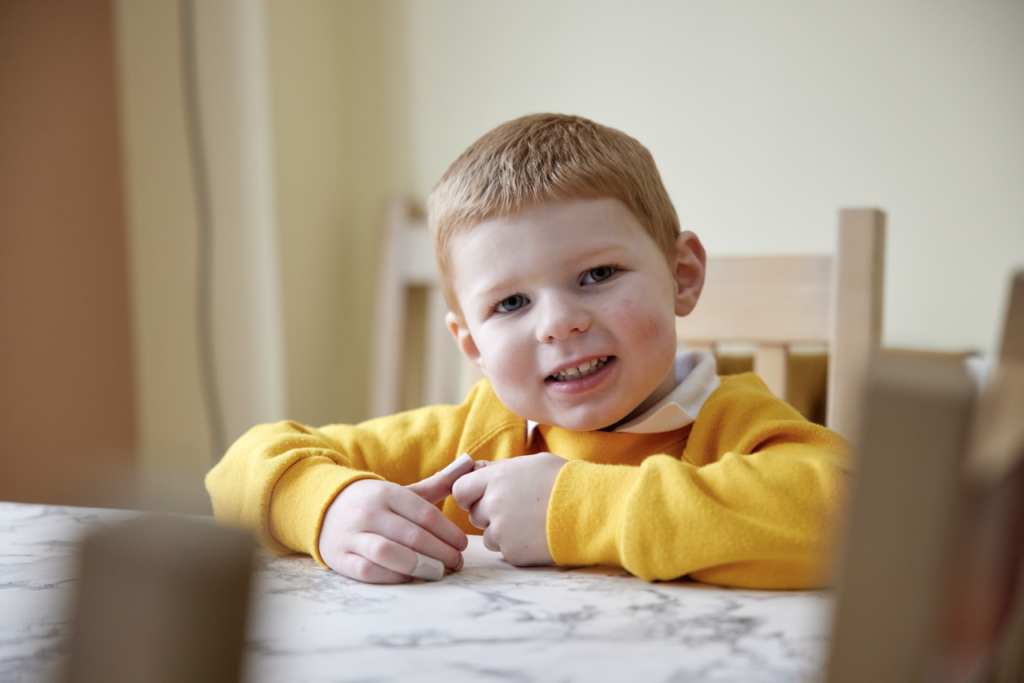
Assessing the options
We asked the NHS Trusts that run Evelina London Children’s Hospital and St George’s Hospital to tell us how they would run the future Principal Treatment Centre if it was at their hospitals. Children, parents, staff and researchers helped shape the questions we asked.
The questions that Evelina London and St George’s answered were based on these key areas which are very important for a good Principal Treatment Centre:
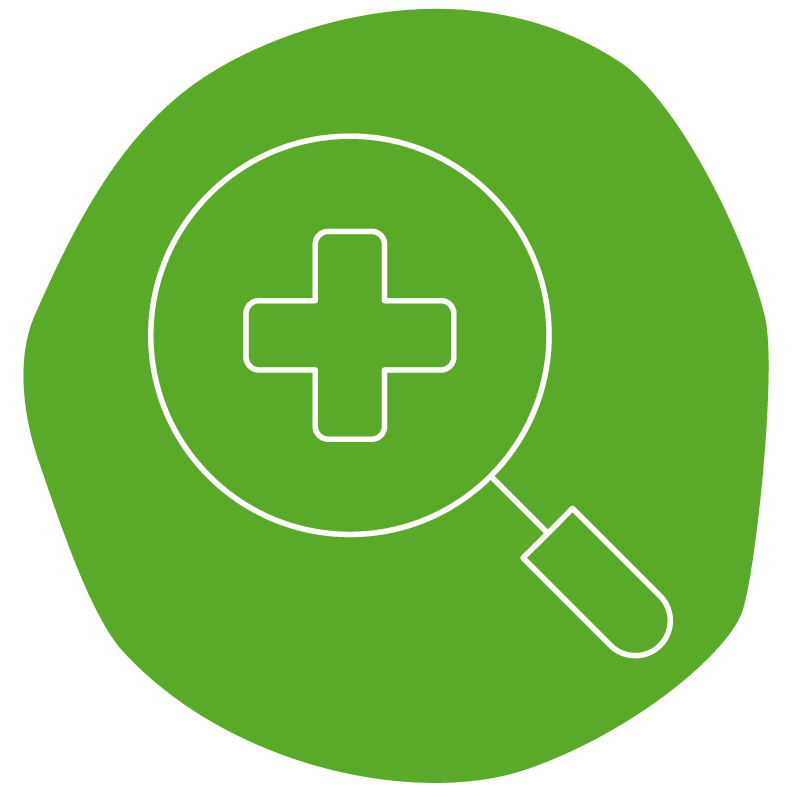
clinical services
aspects of the services the two hospitals provide that would be important for the future centre
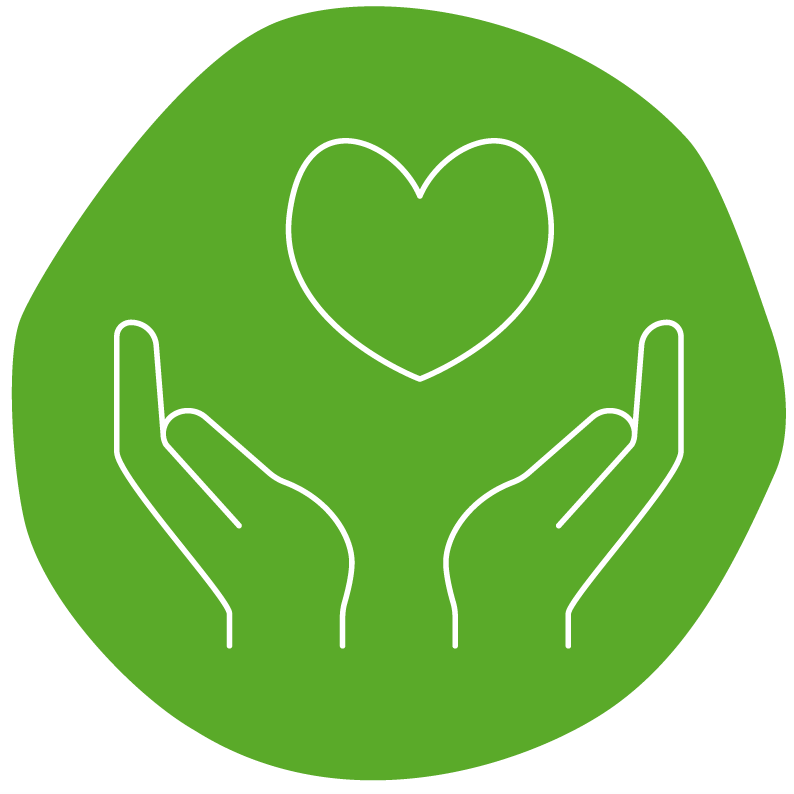
patient and carer experience
how the two hospitals would support children with cancer and their families
32 experts on four panels of up to 10 people each (one panel for each of the key areas) assessed and scored Evelina London and St George’s Hospital’s proposals against different aspects of these key areas. The experts included cancer specialists, parents, cancer charities, staff, researchers and independent experts. Some areas – including travel times – were scored using statistical data, not assessed by the panels. More information is available on the how the evaluation criteria were developed and how the options were assessed and scored pages.
The options
Overview of what the options offer
Both Evelina London and St George’s would provide all the services that must be on the same site as the Principal Treatment Centre, including a Level 3 children’s intensive care unit. Both would make sure the future Principal Treatment Centre has:
- good facilities for children with cancer and parents
- beds for parents to stay next to their children and nearby
- play specialists to support children, spaces for young children and teenagers, outdoor space, parents’ lounges, cafes, self-catering options and rooms for parents to stay.
Both would involve children, parents and staff in the design of the future centre if it was at their hospital.
Both have the facilities to provide the service, and the flexibility to cope with more demand, if needed.
Children’s healthcare and education services at both Evelina London and St George’s Hospital are both rated outstanding.
Neither of them:
- currently delivers the specific specialist cancer services that are based at The Royal Marsden
- would provide all services that must be readily available for the future children’s cancer centre (but which need not be on the same site).
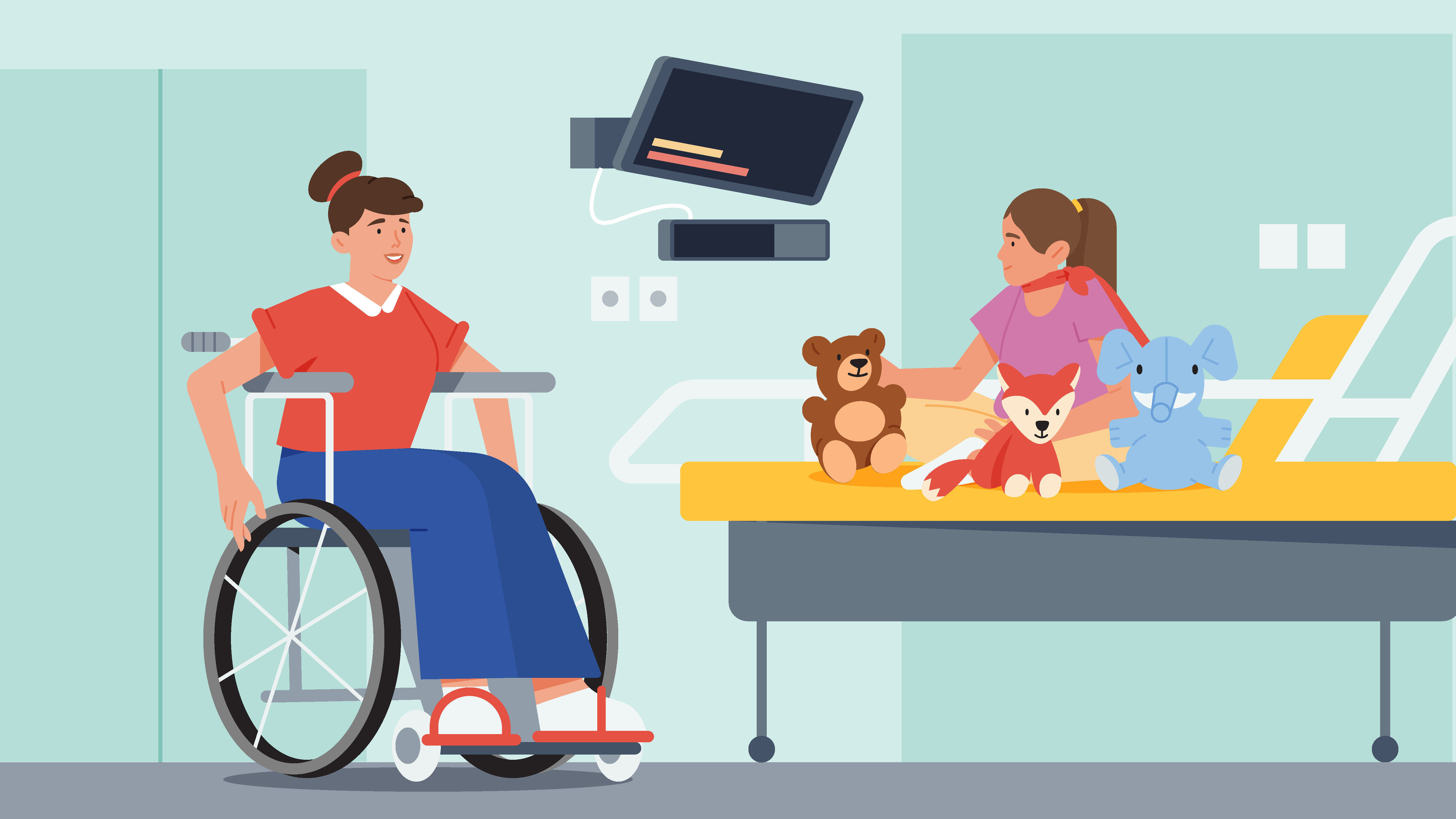
Evelina London Children’s Hospital proposal
- Evelina London is a purpose-built specialist children’s hospital. All staff are experts in children’s healthcare.
- Evelina London is a specialist children’s heart and kidney centre.
- It runs the retrieval service which transfers seriously ill children, including those with cancer.
- It has a children’s intensive care unit with capacity for 30 beds. Two of these beds would be expected to be needed for children with cancer.
- In 2019/20 it treated almost 120,000 young patients living in Kent, Medway, south London, Surrey and Sussex.
- Evelina London does not currently provide the Principal Treatment Centre or surgery to remove tumours or treat side-effects of cancer. It has a team of 54 surgeons with wide-ranging expertise and would work with them and others to create a surgical team to undertake this surgery if it became the future centre.
- Evelina London has more than 70 staff working on more than 180 national or international research projects in child health.
- Guy’s and St Thomas NHS Foundation Trust, which runs Evelina London, attracted more than £25 million of funding for research staff in 2019/20.
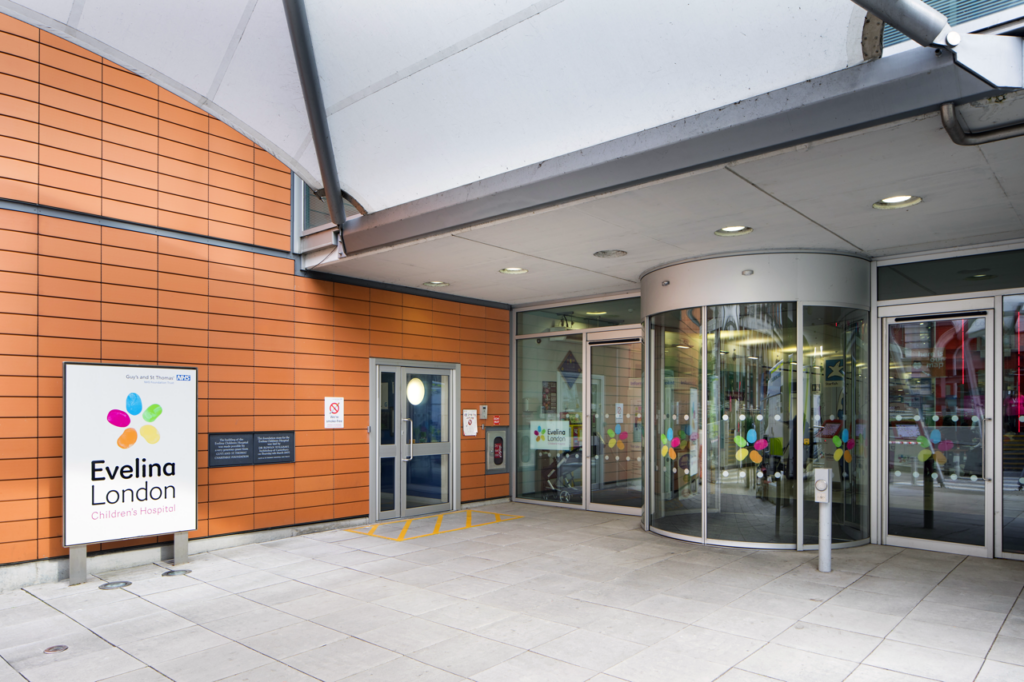
If the future Principal Treatment Centre was at Evelina London, it would have:
- A new children’s cancer inpatient ward in Evelina London’s main children’s hospital building.
- A dedicated children’s cancer day-case unit and a dedicated outpatient space for children with cancer next to other facilities for children. Diagnostic services in the children’s hospital building.
- Outdoor spaces on site and at a park directly opposite the hospital.
- Intensive care, cancer surgery and all other expert care on site – apart from radiotherapy and services provided elsewhere which are not changing (see the specialist centres table below for more information), including neurosurgery, which would continue to be at King’s College Hospital and St George’s.
St George’s Hospital proposal
- St George’s is a large teaching hospital. It provides specialist services for adults and children.
- St George’s provides all the intensive care, most cancer surgery, four children’s cancer beds, and other specialist children’s services for the current Principal Treatment Centre, which it provides in partnership with The Royal Marsden.
- It has a 14-bed children’s intensive care unit. Two of these beds, like now, would be expected to be needed for children with cancer.
- In 2019/20 it treated almost 60,000 young patients mainly living in south west London, Surrey and Sussex.
- It has 25 years experience of caring for children with cancer.
- All children’s services staff are experts in children’s healthcare.
- St George’s provides brain, nervous system and spinal surgery (neurosurgery), as does King’s College Hospital.
- It has 25 children’s researchers and a good track record in national and international research.
- St George’s University Hospitals NHS Foundation Trust, which runs St George’s Hospital, attracted £8.2 million of funding for research staff in 2019/20.
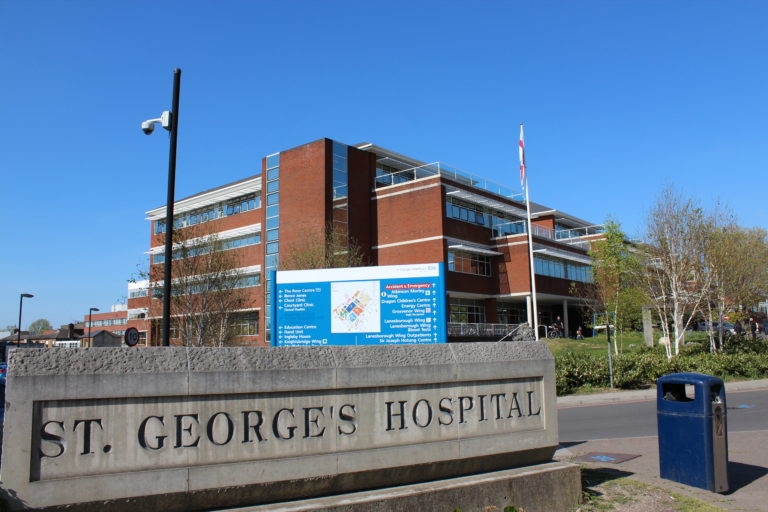
If the future Principal Treatment Centre was at St George’s, it would have:
- A new children’s cancer centre in a converted wing of the hospital with its own entrance.
- Dedicated outpatient clinics and day case treatments including chemotherapy and minor operations in the cancer centre, with diagnostic services close by.
- Intensive care, cancer surgery and all other expert care on site, other than services which are not changing (see the specialist centres table below for more information), radiotherapy (proposed to be provided at University College Hospital), and specialist heart and kidney services, which would continue to be at Evelina London.
Other services
Radiotherapy
Radiotherapy is a treatment where radiation is used to kill cancer cells. Many children with cancer need it as part of their treatment. There are different types of radiotherapy. Conventional radiotherapy (using x-rays) for children with cancer is currently at The Royal Marsden. Children go to University College Hospital for the other types of radiotherapy, including proton beam (which targets cancer cells very precisely, reducing damage to other cells). More children are expected to have proton beam treatment in the future, as compared to conventional radiotherapy.
The Royal Marsden provides high quality conventional radiotherapy treatment for children. However it would be very difficult to sustain a high quality service at The Royal Marsden after the proposed move of specialist children’s cancer services to the future Principal Treatment Centre.
This is because the staff and facilities that support this service would move, and also because of advances in radiotherapy which are reducing the number of children who have conventional radiotherapy.
As set out under both options, we therefore propose that conventional radiotherapy moves from The Royal Marsden to University College Hospital as part of the service change this consultation is about. By creating a larger combined service, this move would create opportunities to improve care for children with cancer. More information is available on the radiotherapy services information page.
It would also mean:
- up to 10 children a year who have conventional radiotherapy ahead of a bone marrow transplant would have a planned transfer from the future centre to University College Hospital for this treatment.
- around 25 other children with cancer every year would travel from home and back to University College Hospital for conventional radiotherapy, instead of to The Royal Marsden (as now).
Numbers would vary year on year.
Radiotherapy already works like this for children who go to the Principal Treatment Centres at Great Ormond Street Hospital and Southampton, and for some children who use the Principal Treatment Centre in Oxford.
Research
Research for new drugs and treatments would continue at the Institute of Cancer Research at Sutton, working very closely with research staff at the future Principal Treatment Centre.
Teenage and young adult services
The Principal Treatment Centre for teenage and young adult services (for 16 to 24-year-olds) would continue to be at The Royal Marsden.
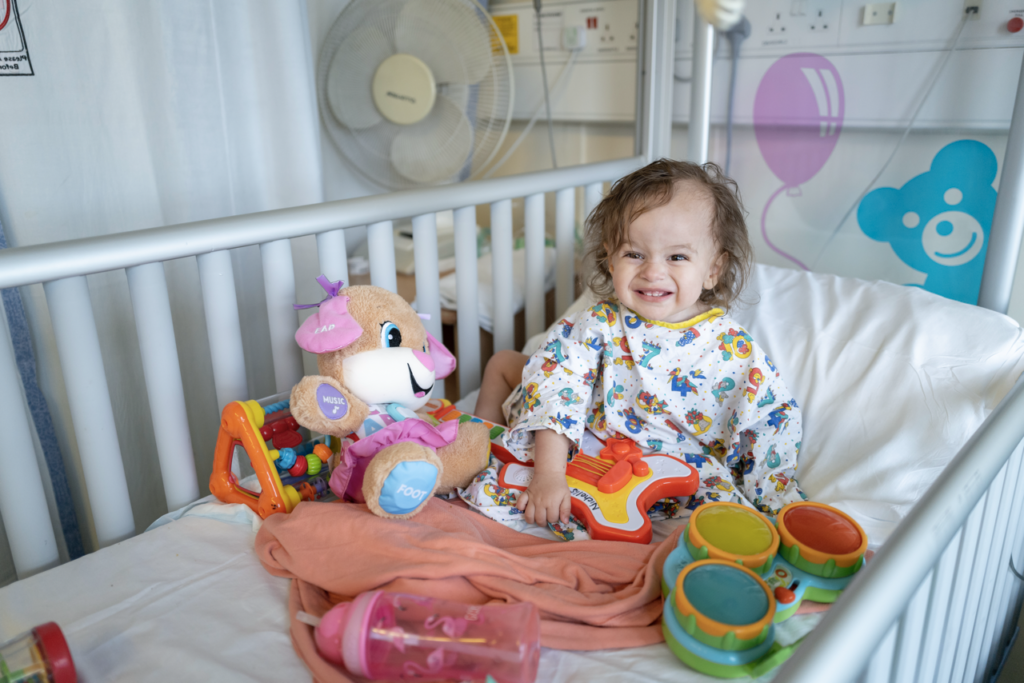
Other services
The table below shows cancer services which are not affected by this consultation.
| Cancer services for children and young people which are not part of this consultation | Specialist centres |
|---|---|
| Bone cancer surgery | Royal National Orthopaedic Hospital, Stanmore, north London |
| Care for babies aged 0 to 12 months with cancer of any type | Great Ormond Street Hospital for Children, Bloomsbury, central London |
| Eye cancer surgery | Royal London Hospital, Whitechapel, east London |
| Liver cancer surgery | King’s College Hospital, Camberwell, south London |
| Neurosurgery | Neurosurgery is provided by King’s College Hospital, Camberwell, south London and St George’s Hospital, Tooting, south London. In 2019/20, 86 children had cancer-related neurosurgery. Around 20% of children had neurosurgery at St George’s. Although numbers do vary year on year, the proportion of neurosurgery that both sites do is expected to remain similar. |
| Proton beam radiotherapy and other superspecialist radiotherapy services | University College Hospital, near Euston, central London |
| Children’s cancer shared care units | |
|---|---|
| Children’s cancer shared care in units in Kent, Medway, south London, Surrey and Sussex which provide supportive care and, where agreed, specific chemotherapy treatments, liaising closely with the specialist children’s cancer centre | Conquest Hospital, Hastings, East Sussex Croydon University Hospital, Croydon, south London East Surrey Hospital, Redhill, Surrey Epsom Hospital, Epsom, Surrey King’s College Hospital, Camberwell, south London Kingston Hospital, Richmond, south London Medway Maritime Hospital, Gillingham, Medway Queen Elizabeth Hospital, Woolwich, south London Queen Elizabeth the Queen Mother Hospital, Margate, Kent Royal Alexandra Children’s Hospital, Brighton Royal Surrey County Hospital, Guildford, Surrey St George’s Hospital, Tooting, south London St Peter’s Hospital, Chertsey, Surrey Tunbridge Wells Hospital, Pembury, Kent William Harvey Hospital, Ashford, Kent |
Impact of these proposed changes, including travel
We carried out an initial equality and health inequalities impact assessment (EHIA) to help us understand how what we do may affect different groups of people in different ways.
This highlighted some potential impacts, both positive and negative, including:
- benefits of having specialist children’s cancer services on the same site as intensive care, cancer surgery and other specialist children’s services. These benefits may be even greater for certain people, such as those with complex cancer care needs, who are disabled or have other health conditions. Or families with language barriers or poor literacy who find attending several sites particularly difficult.
- the cost, complexity and length of journeys and parking issues for many families (for both potential sites for the future centre and University College Hospital for radiotherapy services)
- patient and carer worries about the change and getting used to a new site.
The impact assessment said the future children’s cancer centre would need to make sure it had really good plans:
- to help families understand their different options for getting to the hospital and how to access transport provided by the hospital
- to provide easy arrangements at the site, including for dedicated parking and drop-off
- to help families understand how to keep sick children safe on public transport
- to help families understand how to get travel costs refunded.
An independent travel analysis looked at travel times to Evelina London and St George’s Hospital compared to travelling to the current Principal Treatment Centre at The Royal Marsden and St George’s Hospital. It found both options would be very similar or faster to get to by public transport than the current Principal Treatment Centre for most people. By road, for many people going to St George’s and most going to Evelina London, it would be slower.
It also looked at the impact on children living in poorer areas, and the countryside/outside London. To either Evelina London or St George’s, children living in these areas would have:
- shorter journeys by public transport than other children (up to 25 minutes shorter)
- longer journeys by road (up to 30 minutes longer).
A travel analysis also looked at journeys to University College Hospital for radiotherapy, compared to travelling to The Royal Marsden.
It found children would have:
- shorter journeys by public transport (up to 25 minutes shorter)
- longer journeys by road (up to 25 minutes longer).
Help with travel for children and families
If a child has a medical need that prevents them using public transport, they are eligible for patient transport.
- Guy’s and St Thomas’, St George’s and University College Hospital have dedicated patient transport teams.
- All three organisations would be able to reimburse parking and support parents of children with cancer to access reimbursement for Ultra Low Emission Zone (ULEZ) charges. Evelina London and University College Hospital could also support with reimbursement for congestion zone charges. More detail is available on TfL’s Congestion charge and ULEZ page.
- Guy’s and St Thomas’, and St George’s would offer parking for children and families accessing children’s cancer care.
- As now, families on low income or benefits may be able to reclaim public transport costs under the NHS Healthcare Travel Costs Scheme.
- Evelina London’s volunteers would support families as mobility assistants, especially families with disabilities. There would also be a volunteer driver scheme.
- St George’s helps families with travel arrangements for appointments and to make the journey home by taxi or patient transport after a hospital stay.
What we think about the options
In the evaluation by the expert panels, the proposal on behalf of Evelina London scored higher than the proposal on behalf of St George’s Hospital (80.5% compared to 75.3%). The biggest differences in scores were for clinical services and research.
- Evelina London scored higher on three of the four sub-criteria for clinical services and all three for research.
- St George’s scored higher on two of the five sub-criteria for patient and carer experience.
- Other scores were the same or very similar.
More information on the scoring is available on the how the options were assessed and scored page.
This evaluation gave us a better understanding of the strengths of both options. Both options scored highly in the pre-consultation evaluation but Evelina London Children’s Hospital scored higher. On this basis, at this stage in the process, Evelina London is the site we prefer for the future Principal Treatment Centre.
However, we are open-minded about both options and open to any other evidence that the public may share. We will listen to all evidence shared with us and consider any viable alternatives that are suggested.
We will only make our decision on the location of the future centre (including the proposed move of conventional radiotherapy services) after hearing the views that come forward during the public consultation and taking account of all other relevant data, evidence and other factors.
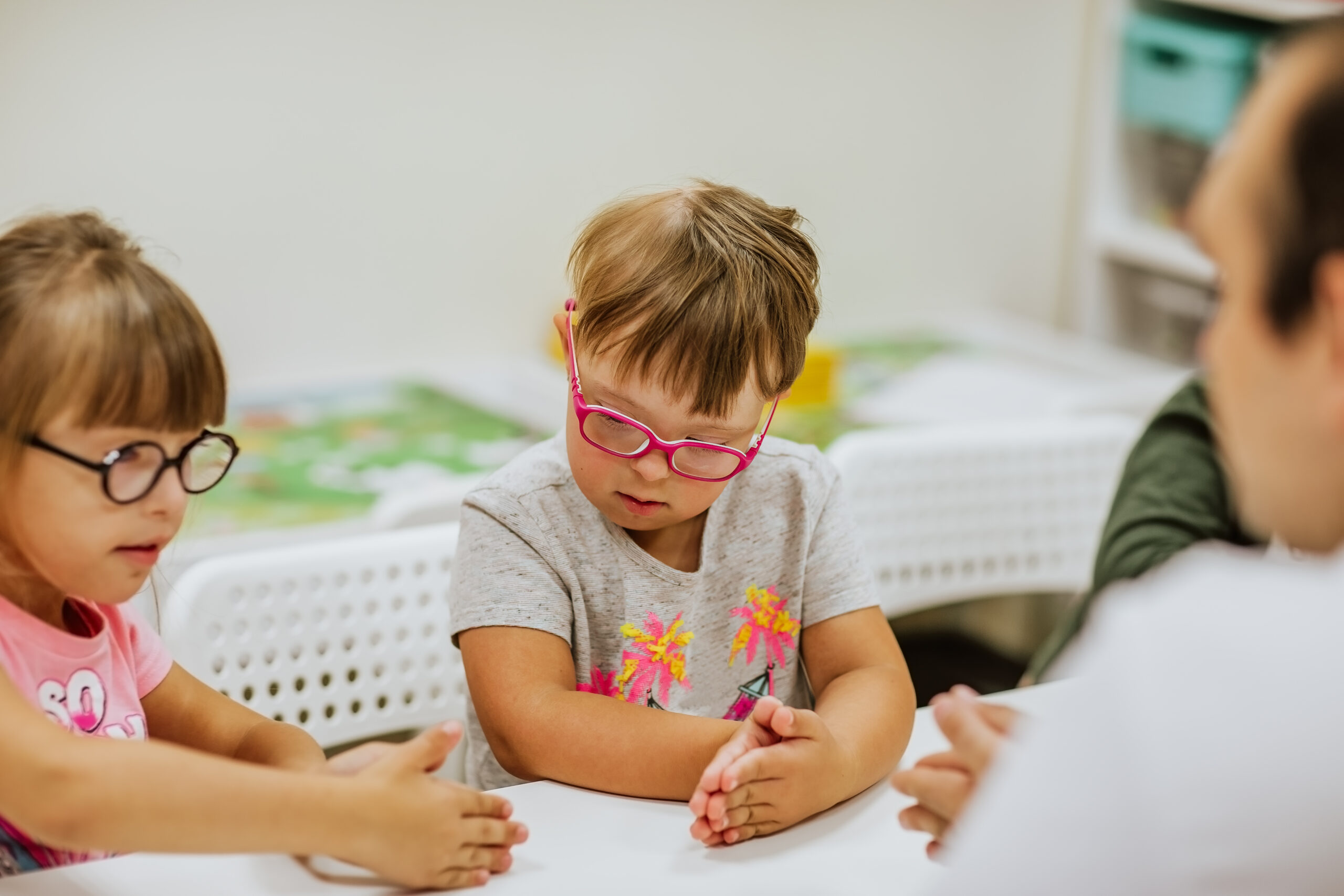
Have your say
Please tell us what you think about our proposals. We really want to know your thoughts about the good points and drawbacks of each option and of our proposals on conventional radiotherapy, as well as your ideas for making these proposed changes go smoothly. We also welcome your views, questions and any additional information you think we should know. A public consultation is not a vote or referendum. It is a chance to tell us what you think.
To have your say you can:
- complete our online questionnaire or easy read questionnaire.
- register here for an online meeting on Monday 4 December.
- contact us if you would like to visit Evelina London and St George’s Hospital.
- invite us to a meeting you are holding.
- send us an email or letter.
Phone: to leave a message, ring 0800 135 7971
Email: england.childrenscancercentre@nhs.net
By post: write to us at FREEPOST CHILDRENS CANCER CENTRE (no need for a stamp)
The decision will be taken by NHS England leaders who will consider all the feedback and additional evidence that comes forward during the consultation, as well as other relevant information.
They will:
- decide which option is taken forward and consider our proposal for conventional radiotherapy.
- identify what, if any, improvements are needed to the proposed changes and/or find solutions for any concerns.
There will be no sudden changes to how children and young people receive care. The future Principal Treatment Centre would not be ready until at least 2026. The move would be carefully planned with the full involvement of current teams.
Thank you for your help.
The consultation is led by NHS England London and NHS England South East. The consultation started on 26 September and will finish on 18 December 2023.
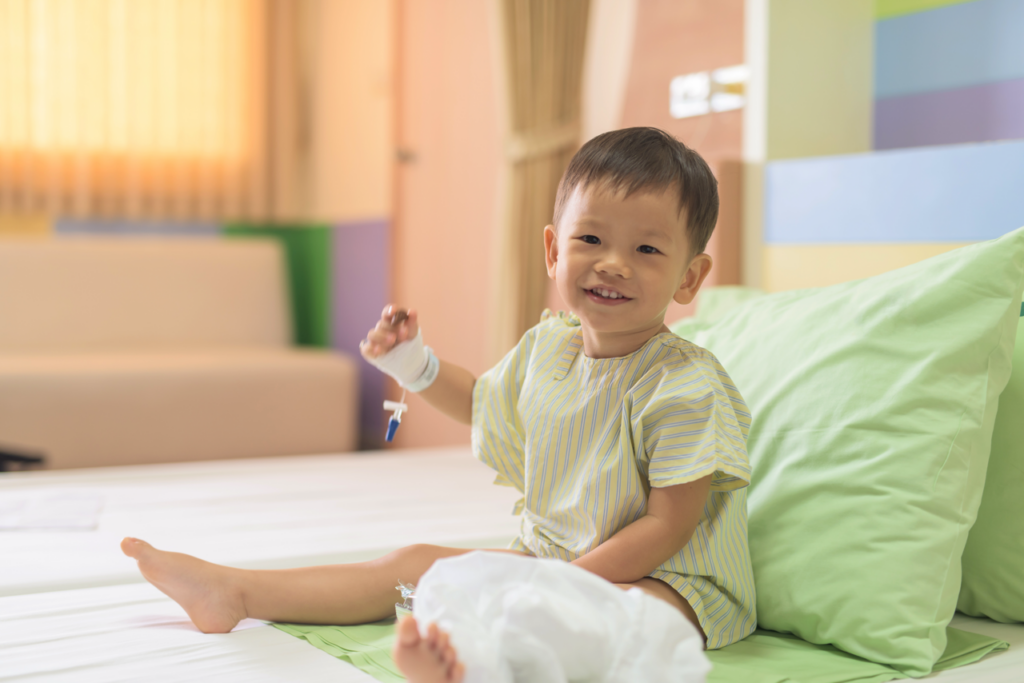
Getting information in a different language
If you or someone you know needs this consultation document in a different language, please contact us at england.childrenscancercentre@nhs.net
Dacă dumneavoastră sau cineva pe care îl cunoașteți aveți nevoie de acest document de consultare într-un alt format sau limbă, vă rugăm să ne contactați la england.childrenscancercentre@nhs.net
Si usted o alguien que conoce necesita este documento de consulta en un formato o idioma distinto, contáctenos en england.childrenscancercentre@nhs.net
Portuguese
Se você ou alguém que você conhece precisa deste documento de consulta num formato ou idioma diferente, entre em contato conosco atraves do england.childrenscancercentre@nhs.net
Polish
Jeśli Ty lub ktoś, kogo znasz, potrzebuje tego dokumentu konsultacyjnego w innym formacie lub języku, skontaktuj się z nami pod numerem england.childrenscancercentre@nhs.net
Cantonese
如果閣下或者任何人士需要另一種方式或者語言閱讀此諮詢文件,請電郵至 england.childrenscancercentre@nhs.net
Nepali
यदि तपाईं वा तपाईंले चिन्ने व्यक्तिलाई यो परामर्श कागजात फरक ढाँचा वा भाषामा चाहिन्छ भने, कृपया हामीलाई [फोन नम्बर] वा england.childrenscancercentre@nhs.netमा सम्पर्क गर्नुहोस्।
Tamil
உங்களுக்கோ அல்லது உங்களுக்குத் தெரிந்தவருக்கோ இந்த ஆலோசனை ஆவணம் வேறு வடிவத்தில் அல்லது மொழியில் தேவைப்பட்டால், எங்களை [தொலைபேசி எண்] அல்லது england.childrenscancercentre@nhs.netஇல் தொடர்பு கொள்ளவும்.
Turkish
Siz veya tanıdığınız birinin bu danışma belgesinin farklı bir formatta veya dilde olması gerekiyorsa, lütfen england.childrenscancercentre@nhs.net adresinden bizimle iletişime geçin.
Acknowledgements
We are very grateful for the assistance from the teams at Evelina London, St George’s Hospital and The Royal Marsden with preparation of this document. We are also grateful for images provided by Evelina London, St George’s Hospital and Young Lives Vs Cancer / Barry Willis Photography, with the families’ kind permission. Illustrations are by Janis Andzans.
This document was produced by NHS England in September 2023 with support from Transformation Partners in Health and Care, and updated in October 2023.
